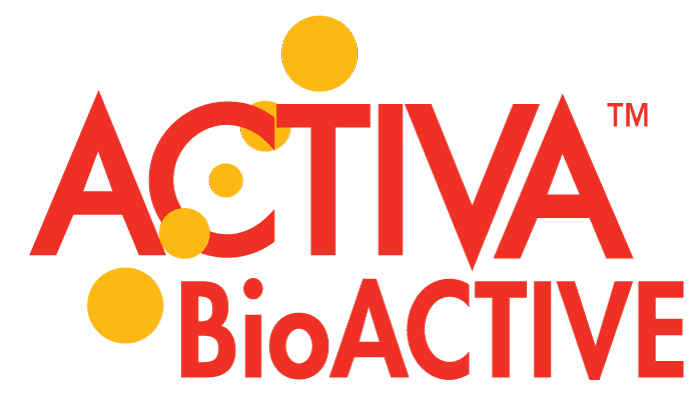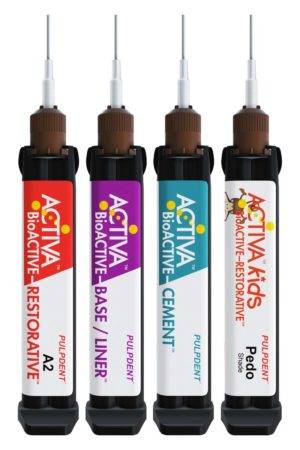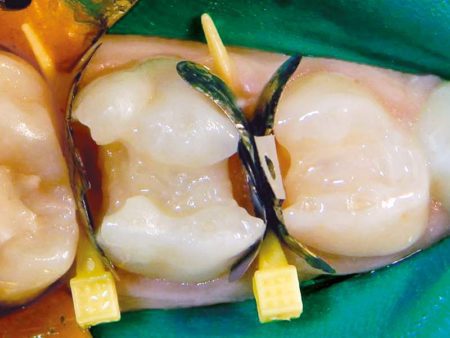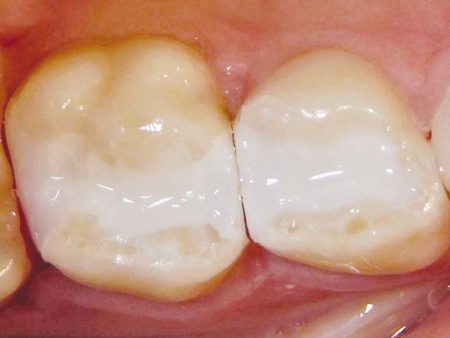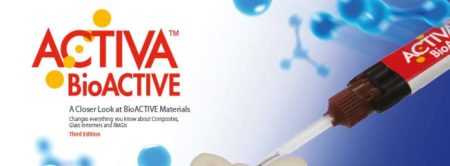
Características principais:
Estética natural – Altamente polimento
Resistente, resistente, resistente à fractura e ao desgaste, absorve o choque
Liberta e recarrega cálcio, fosfato e flúor
Ligações químicas – Vedações contra microinfiltrações
Sem sensibilidade
Tolerante à humidade – Técnica simplificada
Cura por luz e autocura
Sem sensibilidade
Descrição:
ACTIVA™ KIDS é um restaurador estético, BioACTIVE resina que estimula a formação de apatite e o processo natural de remineralização com libertação e recarga de cálcio, fosfato e flúor. É uma tonalidade branca opaca, ideal para a odontologia pediátrica.
ACTIVA é o primeiro restaurador bioactivo com uma matriz de resina iónica, um componente de resina absorvente de choques, e cargas bioactivas que imitam as propriedades físicas e químicas dos dentes naturais. Oferece todos os benefícios dos ionómeros de vidro e tem a estética, resistência e durabilidade dos compósitos. ACTIVA KIDS liga-se e mascara manchas de fluoreto de diamina de prata.
ACTIVA é seguro para crianças e não contém BPA, Bis-GMA e derivados de BPA.
ACTIVA KIDS é um material dinâmico que reage continuamente às mudanças de pH na boca e participa activamente na troca iónica com saliva e estrutura dentária, essencial para a manutenção de dentes saudáveis.
“Único e sem precedentes”
– Drs. Ted Croll, Joel Berg, Kevin Donly
“Verdadeiramente impressionante”
– Dr. Josh Wren
“Resultados notáveis”
– Dr. Mark Cannon
“Totalmente fixe e absolutamente fantástico”
– Dr. Ted Croll
Código e Descrição:
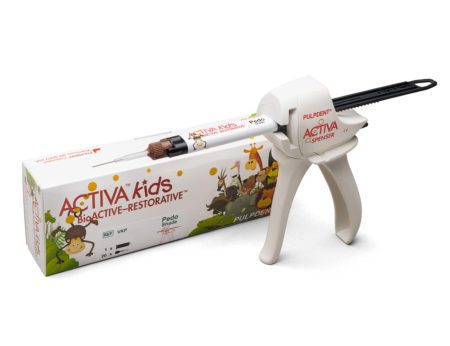
VKP – STARTER KIT: Seringa de 5mL/8gm Sombra branca opaca, ACTIVA-SPENSER™ + 20 pontas de automix com cânula metálica dobrável de 20g de calibre
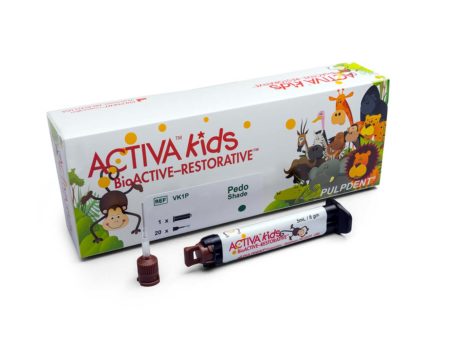
VK1P – ACTIVA KIDS SINGLE REFILL: Seringa de 5mL/8gm Sombra branca opaca + 20 pontas de automix com cânula metálica curvável de 20g de calibre
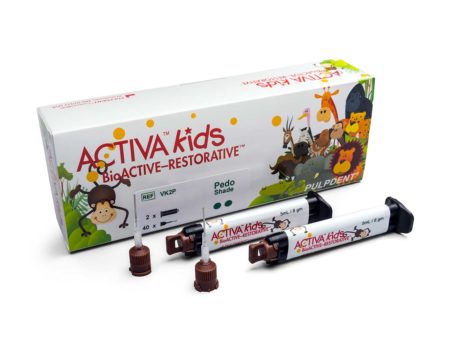
VK2P – ACTIVA KIDS VALUE REFILL: 2 seringas de 5mL/8gm Sombra branca opaca + 40 pontas de automix com cânula metálica dobrável de 20g de calibre
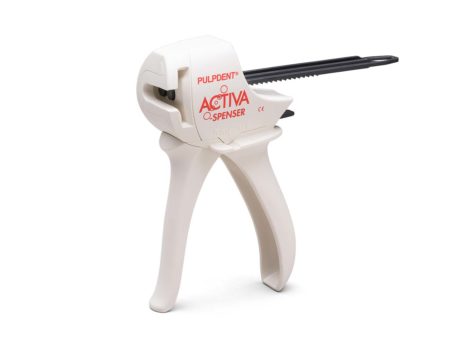
DS05 – ACTIVA Spenser: Dispensador para seringas de 5mL de automix
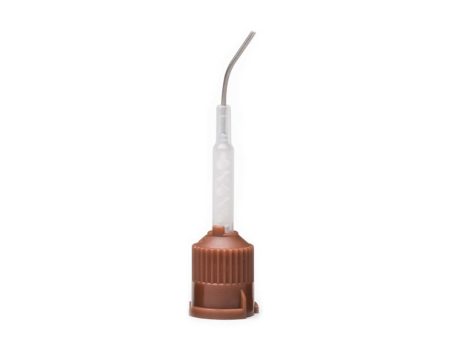
A20N1 – Pontas de automix, transparentes, com cânula metálica curvável de 20 gauge – pkg de 20 Uso para ACTIVA e para seringas de 2.5mL, 5mL e 10mL 1:1 de automix

A50N1 – Pontas de automix, transparentes, com cânula metálica dobrável de 20g de calibre – pkg de 50 Uso para ACTIVA e para seringas de 2.5mL, 5mL e 10mL 1:1 de automix
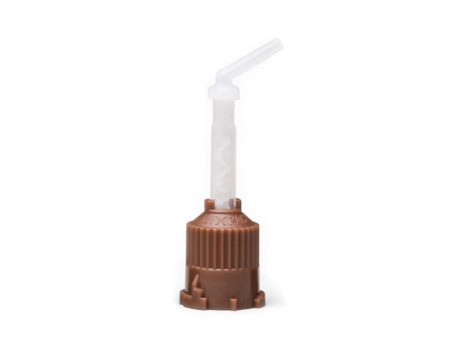
AD20T – Dicas Automix Tips, clear + short intraoral tips (IOT) – Pkg de 20

AD50T – Dicas Automix Tips, clear + short intraoral tips (IOT) – Pkg de 50
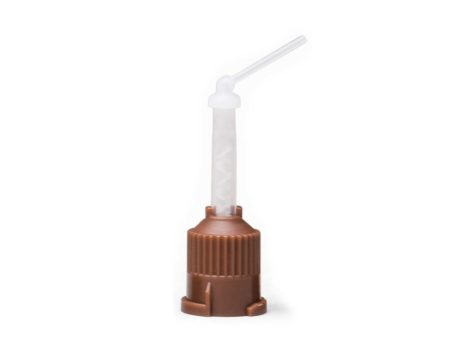
AD20R – Pontas de automix, claras + longas, estreitas intraorais (IOR) – pkg de 20

AD50R – Pontas de automix, claras + longas, estreitas intraorais (IOR) – pkg de 50

AS20 – Pontas de Seringa de Automix, Pkg. 20 Seringa de 5mL

AS50 – Pontas de Seringa de Automix, Pkg. 50 Seringa de 5mL




